Disclaimer: Mushroom hunting is not a game. Do not eat any wild mushroom that has not been 100% positively identified as edible by someone who knows enough to make that decision. Morel mushrooms are toxic raw. A small portion of the population has intolerances to morels even when thoroughly cooked. As always: if the mushroom is new to you, cook thoroughly and eat a small amount the first time, to be sure you do not have an intolerance.

Morchella importuna, fruiting at the base of a burned tree along the Columbia River.
Hi there! My name is Adam McCrae. I’m a father, husband, Chef and lifelong forager of mushrooms. I’d like to humbly and sincerely welcome you to my little fungi-focused corner of the internet. Today, we’re going to learn how to find two species of morels that are both commonly referred to as “Landscape Morels”, and for good reason! These two morel species commonly grow in urban settings, specifically in the wood chips laid down during landscaping last year. We’re not going to get too deep into the specifics on the species themselves in this blog, but I’d like to mention which two species we’ll be after and at least give you some distinct visuals of each, as well as the areas of the USA they are known to grow. The two species of Landscape Morel that we’ll be discussing are Morchella importuna and Morchella rufobrunnea. Note that these generally appear around the same time as Early Morels, and slightly before riparian Yellow Morels, so be sure to check out my blogs on those species!
First, let’s take a look at Morchella importuna, AKA the “Inconsiderate Morel”!

Morchella importuna, again in an urban setting: woodchips and a visible curb. Photo credit Eric Badeau.
-
Stipe/Stem: 1.5”-5” long, 1”-2.5” thick. Whitish, tan with age. Often wrinkled and bulbous at the base. Surface either smooth or with fine granules. Hollow when bisected vertically.
-
Cap: 1.5”-7” tall, 1”-4” across. Conical in youth, can be somewhat egg-shaped in maturity. Deep, thick, distinctly vertical ridges that eventually thin and form pits run the entire length of the cap, with almost perpendicular cross-veins. Cap generally grey when young, turns to brown/ochre with age. Hollow when bisected vertically. Attaches to stem at the base of the cap.
-
Flesh: Somewhat firm and rubbery when young, becoming more brittle with age, especially the expanded ridges.
-
Odor: Heavenly. I respectfully disagree with other authors on this point, as they mostly refer to the odor of M. importuna as “indistinct”. A handful of fresh M. importuna held close to the nose is an absolute delight, capable of giving even seasoned hunters delightful goosebumps! Mildly earthy, fresh, crisp.
-
Spore Print: Creamy

Morchella importuna in a classic urban setting: wood chips in a maintained yard. Photo credit Eric Badeau.

Location of M. importuna sightings in the USA, courtesy MushroomObserver.org. Note that the vast majority of "landscape morel" sightings are in Oregon, California and Washington.
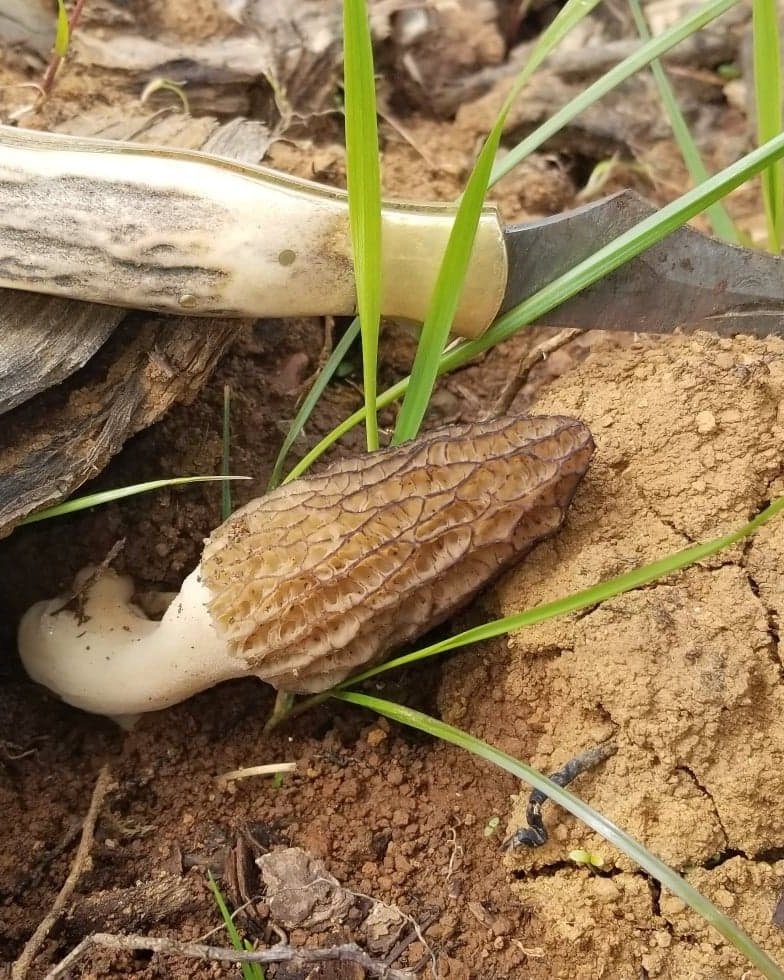
Morchella importuna in another preferred environment: Clear Cut forests, the spring after the logging is done.
Now, let’s go over Morchella rufobrunnea, AKA the “Blushing Morel”!

A young M. rufobrunnea. Note the pinched, twisted cap and brown stipe. Photo credit Alan Rockefeller.
-
Stipe/Stem: .5”-1.5” thick, 1”-4.5” long. Color ranging from whitish to yellow/brown, bruising orange/brown. Often wrinkled/folded and bulbous at the base. Surface smooth or with tiny granules. Hollow when bisected vertically.
-
Cap: 1”-2.5” across, 3”-6” tall. Conical when young, often with a pinched, twisted tip. Becomes somewhat cylindrical or egg-shaped with age. Ridges vertical when young, but becoming less so when mature. Hollow when bisected vertically. The entire surface stains/bruises deep salmon to reddish-orange when fresh. Attaches to the stem at the very base of the cap.
-
Flesh: Thin, rubbery, whiteish.
-
Odor: This species does not grow in my area, so I cannot speak as to the odor myself. After much searching on the internet and delving in multiple books, I came across the term “strongly spermatic” in a MushroomObserver.org observation, so… take that as you will.
-
Spore Print: Pale Yellow/Orangeish

Beautiful flush of M. rufobrunnea in disturbed ground. Photo credit Alan Rockefeller.
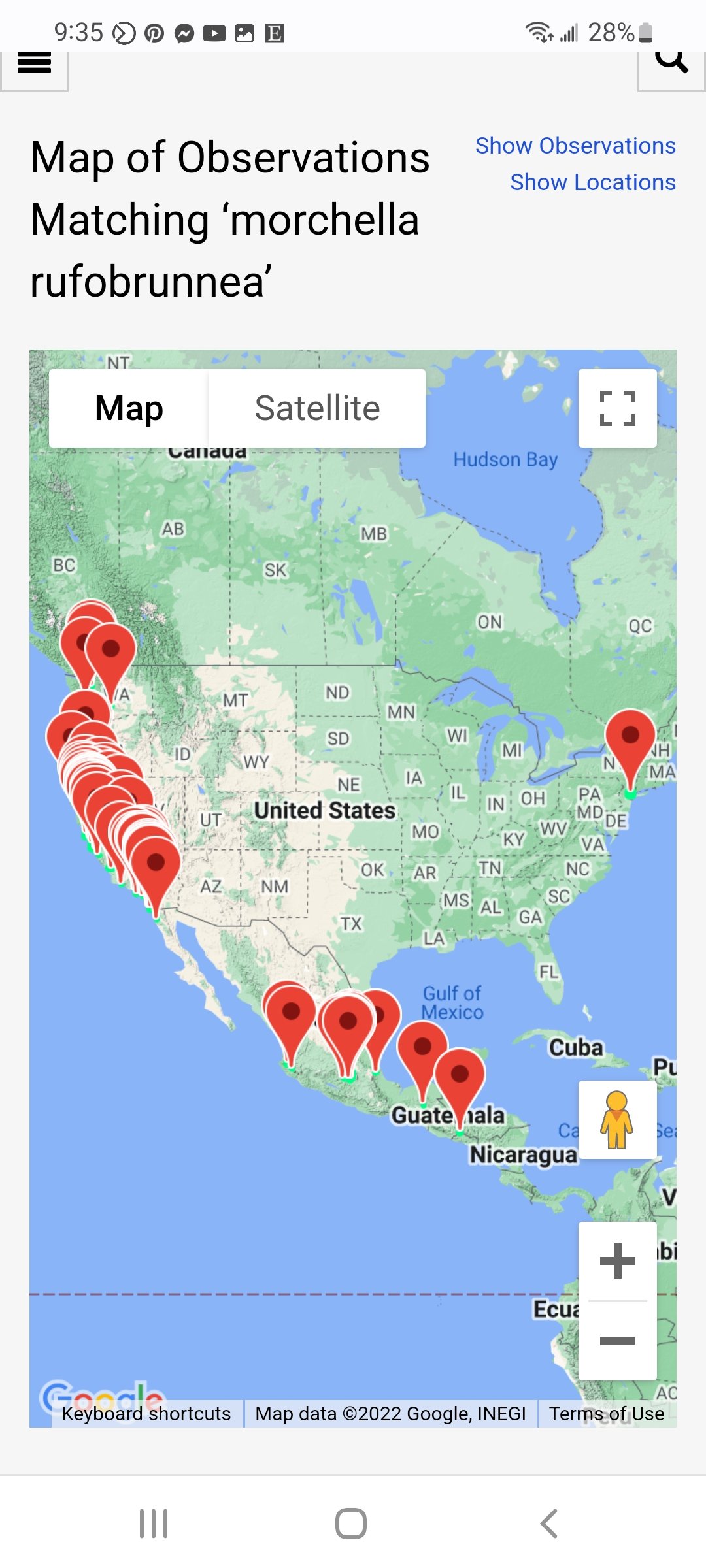
Map of observations of M. rufobrunnea in the USA and Mexico, courtesy MushroomObserver.org.
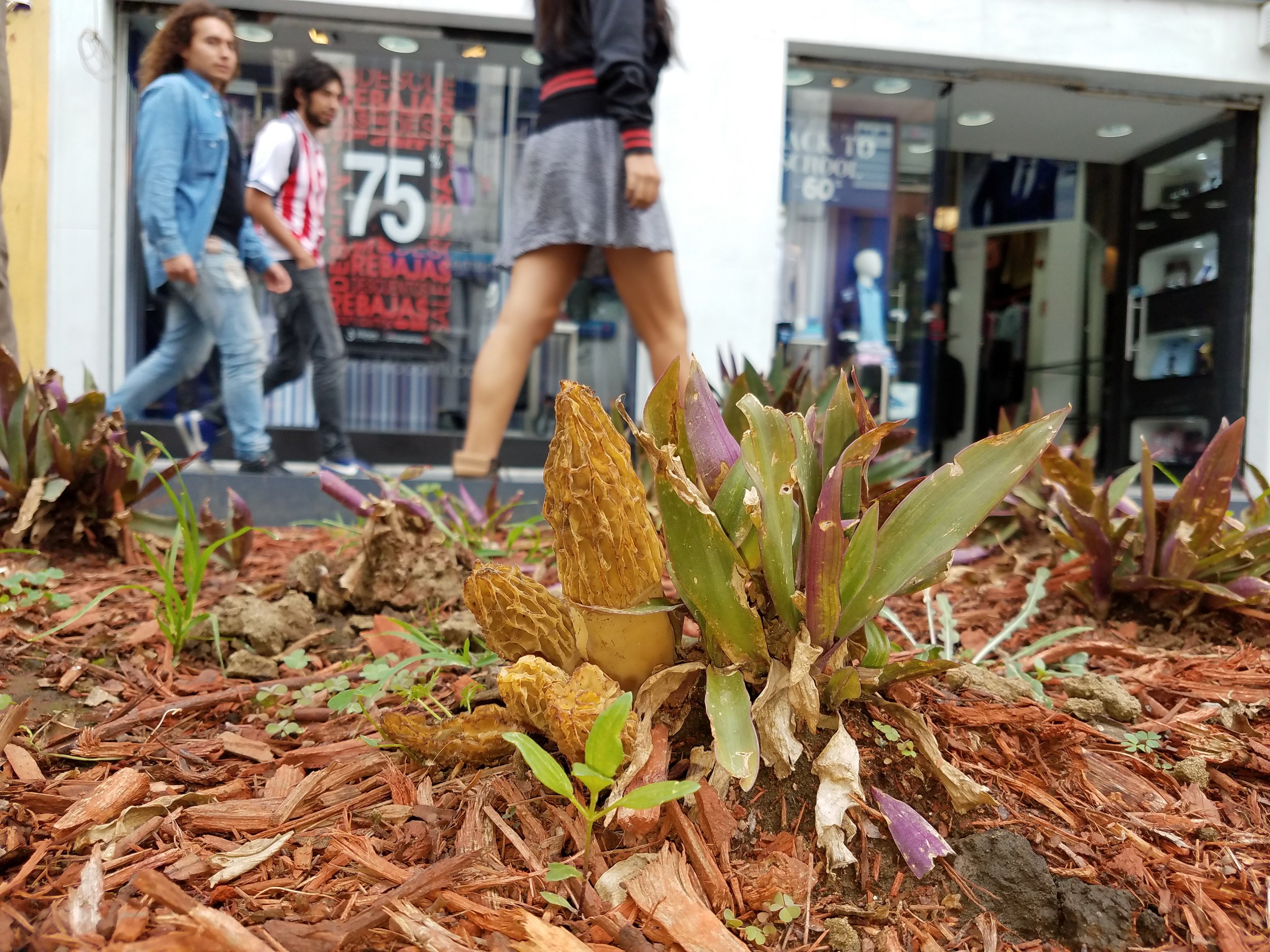
M. rufobrunnea fruiting along a sidewalk in Mexico City. Photo credit Alan Rockefeller.
How To Find Landscape Morels! (Hint: it involves landscapes)
This isn’t an exhaustive list by any means and it certainly doesn’t guarantee success, but this should help give you a bit of an edge on anyone in your area who’s after the same morels!
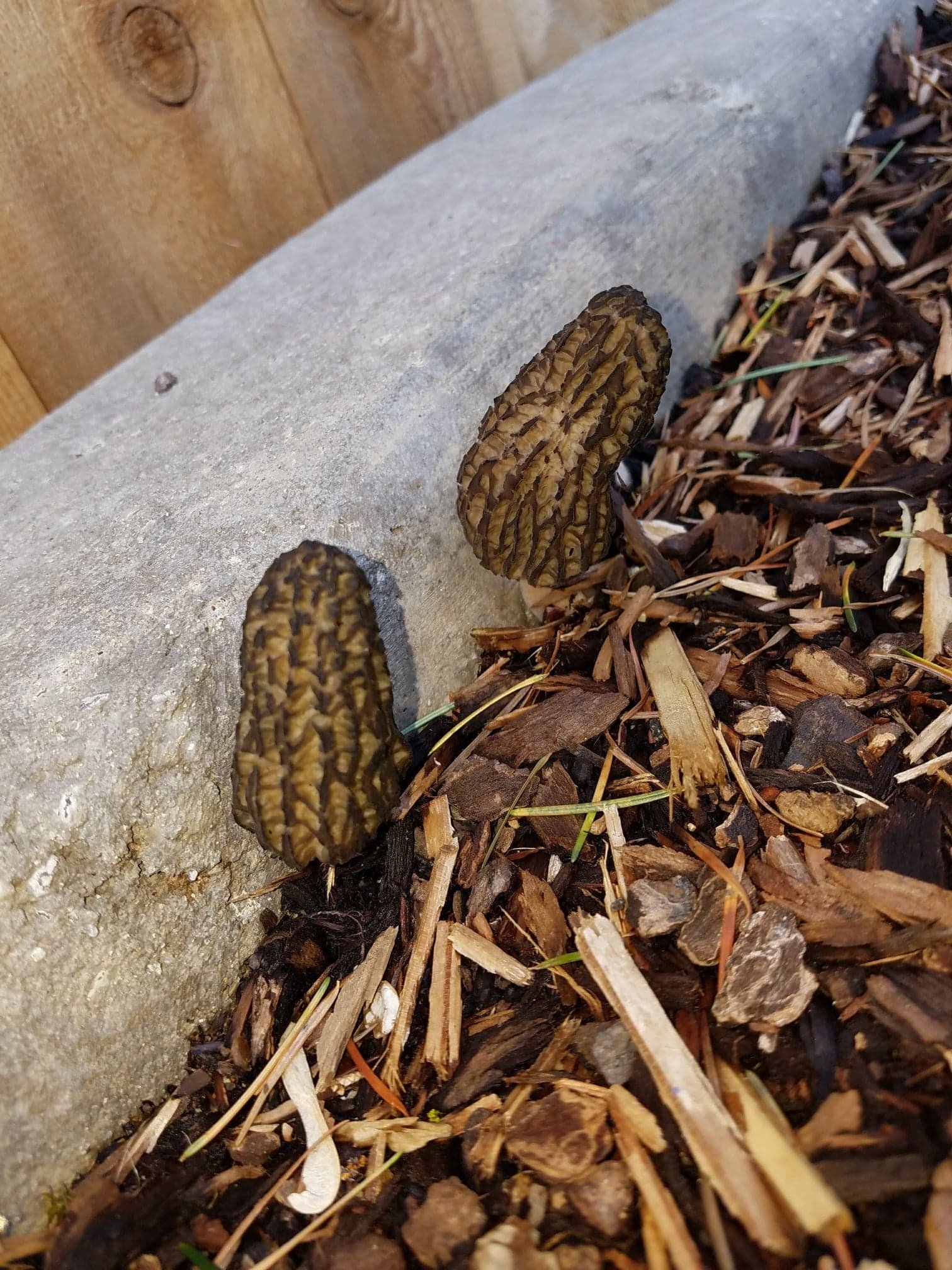
Morchella importuna fruiting along the corner of a sidewalk in Corvallis, OR. Note the wood chips. Photo credit Eric Badeau
-
Wood chips: When seeking landscape morels, wood chips are your best friend! While both species of landscape morel may have mycorrhizal tendencies, neither of them truly need a tree nearby to grow. All these little guys need is wood chips that were laid down the year before! If that wood had the tiniest bit of morel mycelium, or even had the right spores land on it after it was laid down, that mycelium had months to grow to the point where it can now produce fruiting bodies.
-
Keep track of where/when chips get put down: Especially if the space is public, and isn’t prone to being sprayed with chemicals. Perhaps your local church put down some chips last year? In my case: there’s about 10,000 cookie-cutter homes going up as fast as possible just a mile or so away from my house! There’s no lack of sidewalks lined with last year’s wood chips for me to wander… if I had the time. 😉 Perhaps your local church? Grocery? I personally have friends that have found M. importuna in both of these locations.
-
They love crevices and corners: Favorite fruiting spots include along the corner of a sidewalk (See Photo), along the side of a freshly laid or disturbed road/path, tucked along the edge of a fallen log, underneath the leaves of plants, and along fencelines!
-
Don’t eat mushrooms that have been sprayed with poison: People spray a variety of nasty things onto their yards at different times of year for all sorts of reasons. If you’re not sure if the area has been sprayed, try to ask the owner of the property! If you’re still not sure… well: I’ve done it, and I’m still here, but that’s certainly not a good reason for you to do it.
-
Timing is everything: The actual fruiting bodies of morels have a very short life cycle. Morels can go from baby pin to rotting on the ground in about 14 days, on average! This short life cycle combined with the fact that when fruiting in these conditions, there’s usually only one or two flushes for the season, means that you generally have just a few short weeks that these mushrooms are truly growing in large quantities.
-
Weather is also everything: If the weather has been unusually dry, like it was last year here in the Portland area, then you can’t expect many morels of any kind to be growing! My usual spots for “natural” morels (M. tridentina) were decimated to around 10% or less by the heat waves in 2021, and I could tell by the forums that the Landscape Morels didn’t fare any better. I certainly didn’t see any that year. The following year, in the Portland area, the weather was perfect. I’d personally never seen M. importuna flush like that before!
-
It’s never a guaranteed thing: Even seasoned hunters strike out for Morels for weeks on end, sometimes. It’s good to not have finding morels be your only focus, while you’re out walking suburbia. If you have a dog… walk it! If you play Pokemon Go… Play it! It can be frustrating spending hours and “failing” at a task. That being said: if you’re actually going to do this, be prepared to spend many hours, and possibly not find a darn thing. That’s the way morel hunting of any sort goes for the first X amount of years!

Terrible picture of the Author and #10 of Morchella importuna picked in 4 hours from a clear-cut near Eugene, OR.
-
Severely Disturbed ground of any kind: That’s right, you heard me: it’s not just wood chips! Clear-cuts, drainage ditches, construction and damaged/dying trees attract Landscape Morels. The best picking I had in 2018 was about 15 minutes outside of Springfield, Oregon. In a private clear-cut of 40 acres, by invitation, a friend and I picked #10 of morels each in 4 hours. (See photo)
-
Use Social Media To Pinpoint Your Timing: In all likelihood, there are Facebook forums dedicated to mushrooms that are local to your area. If not, then you can join larger forums and get the same effect with a little more effort. Keep an eye out for posts asking about morels that people find in their yards. You can use the search feature if you really want, but it’s likely that your feed is already flooded with people asking the same questions, trying to confirm the ID of their yard-shrooms. These people are finding landscape morels! Since the main season is so short, make sure to take advantage of those few weeks and take some extra walks.
-
Don’t Trespass: I shouldn’t have to say this, but: don’t do it! Ask permission from property owners to go on their land. If you’re not sure who owns the land, OnX Hunt is a free app that shows who owns what with the tap of a finger. An invaluable tool for foraging, on many levels. I cover OnX Hunt in a bit more depth in Tip #6 of my 10 Morel Hunting Tips For Spring 2022 blog.
-
Find Public Land: Parks along the rivers are especially worth checking out: keep your eye out for trees that died last year, and disturbed ground! Brush piles, and slash piles in larger parks are perfect targets!
-
Use your Morel Compass: Everyone could certainly use a Morel Compass! This original artwork looks amazing on these soft, durable "My Morel Compass" t-shirts and is sure to bring you luck in the coming season! Also available as as a Sticker or Magnet!
-
Burned trees from past year’s fires: to put it very generally, some trees that have been partially burned the previous year have a chance to produce morels if the mycelium is present and other environmental conditions are met. In 2022, riparian trees in Northern Oregon that were burned in 2020 were producing M. importuna. (See Photo) Because of the extremely dry conditions in 2021, they appear to have lay dormant for a season!
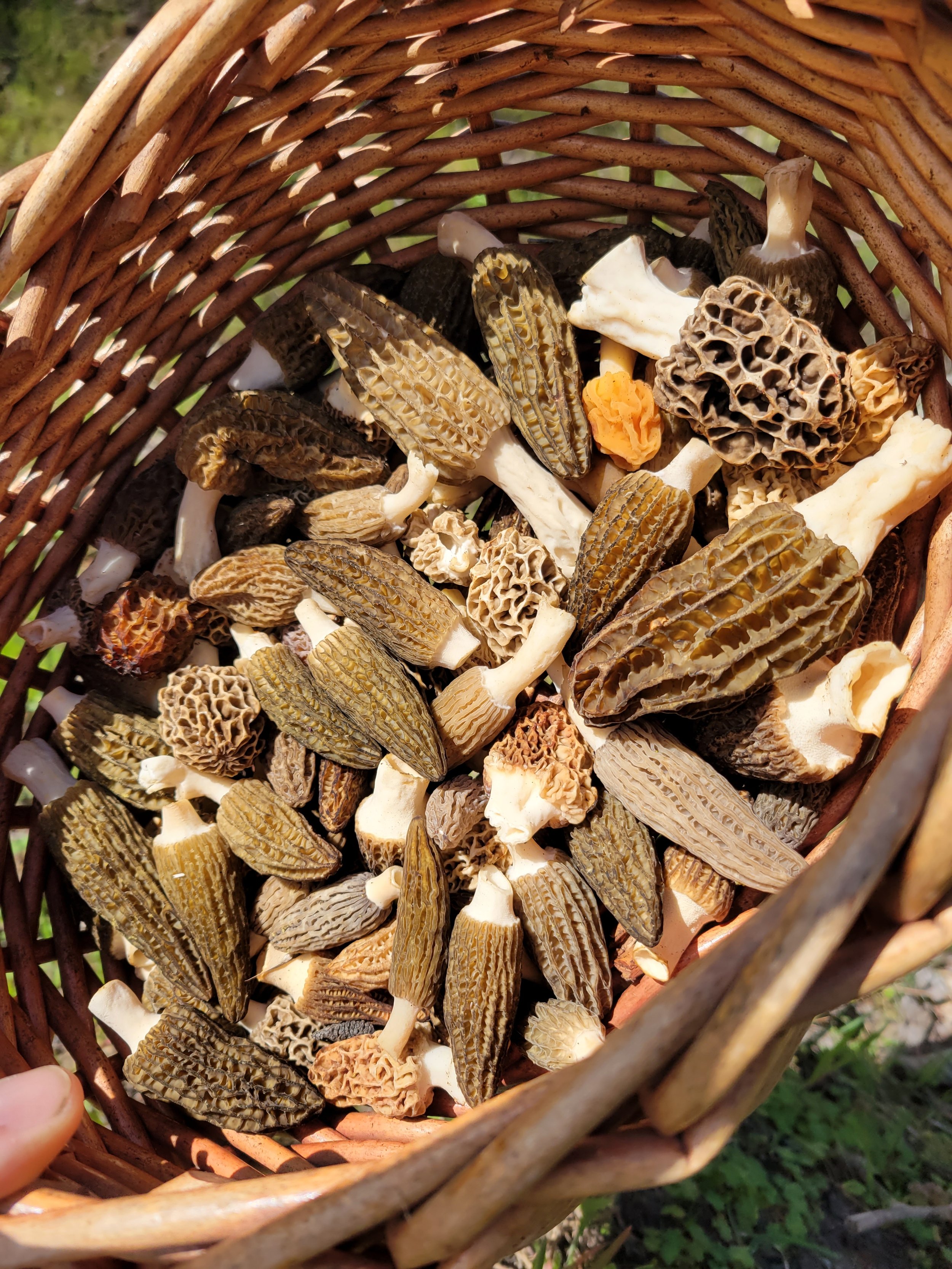
A basket of mostly Morchella importuna. Northern Oregon, March 31, 2022.
-
Learn How Wood Chips Age: Get a feel for what wood chips look like when they were laid down the previous year: not this year, not 2 years ago. If you’re not sure when the wood chips were put in, it’s helpful to be able to gauge that visually.
-
Morchella rufobrunnea can fruit anytime of year: While it’s true that you do see the very rare M. importuna that fruits in the off-season, it’s much more common with M. rufobrunnea. These quirky little guys can fruit year-round given the right conditions, which often includes a well-watered garden, or some cardboard over mulch.
-
Slow your pace: As with all morel hunting, it pays to slow or even stop entirely when you see a patch of good potential ground. I realize that this can cause varying degrees of awkward situations depending on where you are, but the advice remains the same. You’ll find more mushrooms if you slow it down.
-
Watch for Tree Damage: the exact science behind it is complicated, and honestly it’s still beyond the grasp of scientists, but: there’s something about damaged or dying trees that often causes different varieties of Morchella, including landscape morels, to grow around the base.
-
Fire Pits/Burn Piles: I see dozens of posts every spring from people who just found morels in their burn pile from last year. If you have one and burnt things in it last year, it’s certainly worth keeping an eye on. Check your neighbor’s, too! With permission.
Hey, did you make it all the way through that? Thank you so much! It’s been an absolute joy to share these first little blogs of mine with the world, I truly hope that this one has been helpful to you today. If you enjoyed the read and would like to follow us on social media, you can find all our contacts on our Linktree. You can also sign up for our email list to stay up to date with new blogs and products like our Mushroom Stickers! If you’d like, please feel free to leave a Comment here on the page! I’d love to hear your comments or even tips that you think would also be helpful for folks to find these delicious treats.
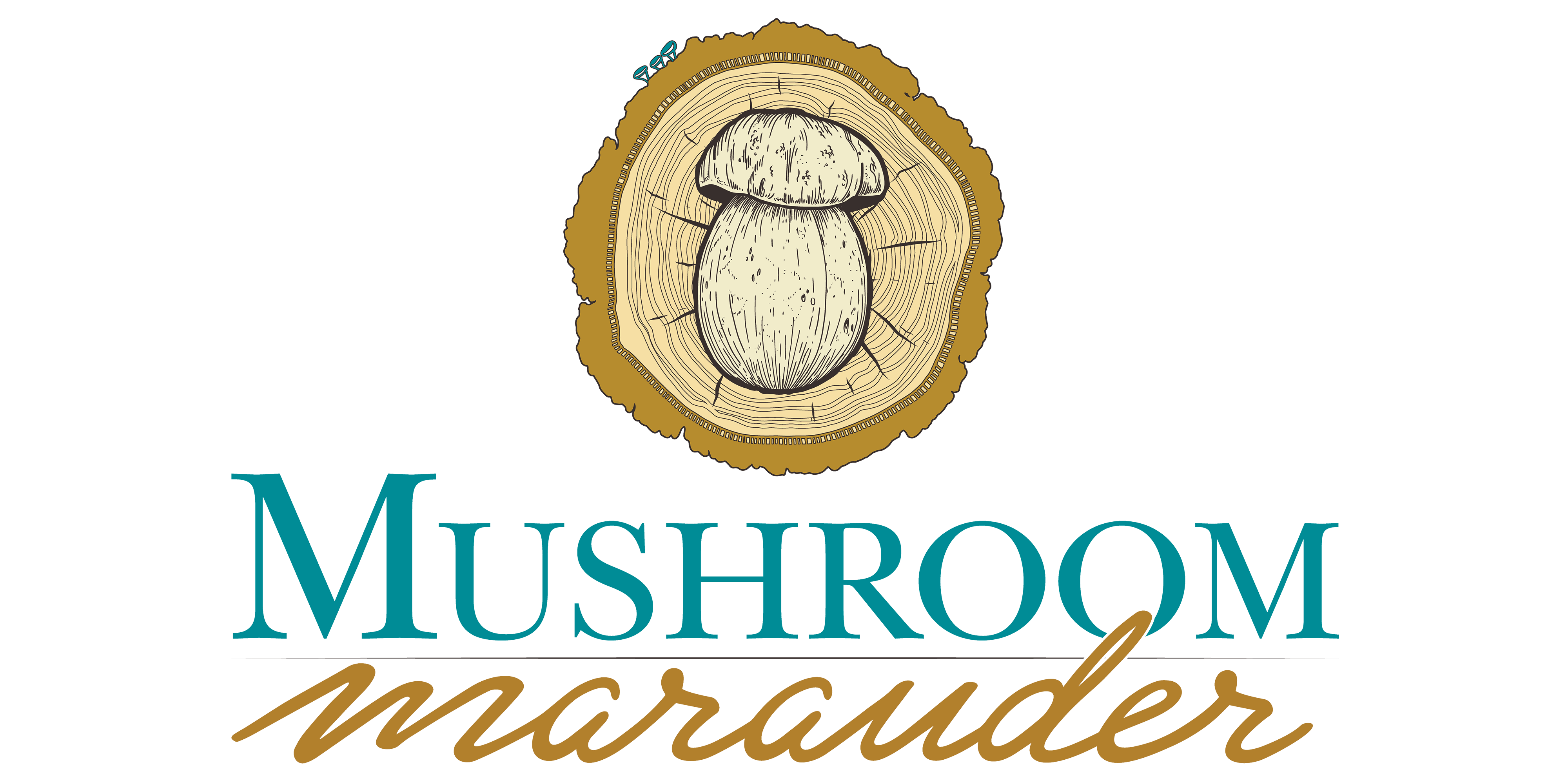
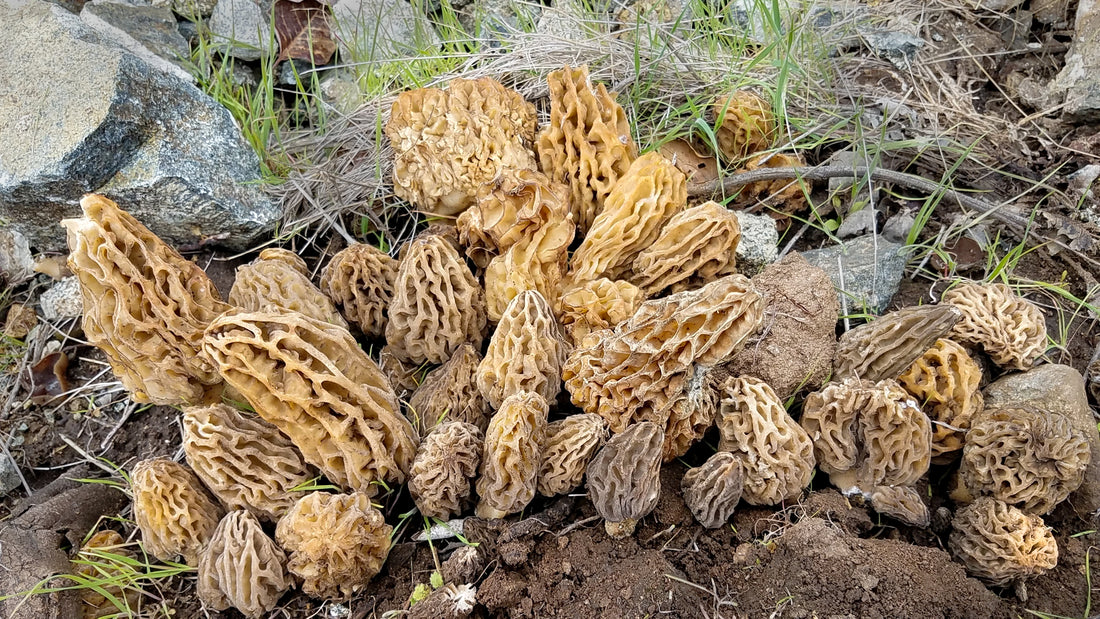


1 comment
We have been having a TON of morels growing in our urban yard in Oakland, CA. I live in the city center surrounded many parking lots. So we don’t eat anything from the ground only raised beds because of lead in urban soil. However the morels are all over the ground. Since some fungi can be hyper accumulators are morels absorbing lead in soil? Is lead absorption something to be connected when picking morels in urban settings?